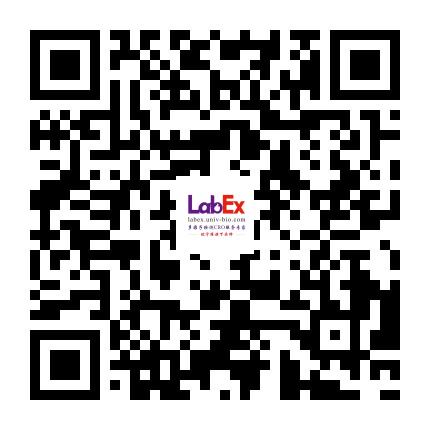Human osteogenic differentiation in Space: proteomic and epigenetic clues to better understand osteoporosis
In the frame of the VITA mission of the Italian Space Agency (ASI), we addressed the problem of Space osteoporosis by using human blood-derived stem cells (BDSCs) as a suitable osteogenic differentiation model. In particular, we investigated proteomic and epigenetic changes in BDSCs during osteoblastic differentiation induced by rapamycin under microgravity conditions. A decrease in the expression of 4 embryonic markers (Sox2, Oct3/4, Nanog and E-cadherin) was found to occur to a larger extent on board the ISS than on Earth, along with an earlier activation of the differentiation process towards the osteogenic lineage. The changes in the expression of 4 transcription factors (Otx2, Snail, GATA4 and Sox17) engaged in osteogenesis supported these findings. We then ascertained whether osteogenic differentiation of BDSCs could depend on epigenetic regulation, and interrogated changes of histone H3 that is crucial in this type of gene control. Indeed, we found that H3K4me3, H3K27me2/3, H3K79me2/3 and H3K9me2/3 residues are engaged in cellular reprogramming that drives gene expression. Overall, we suggest that rapamycin induces transcriptional activation of BDSCs towards osteogenic differentiation, through increased GATA4 and Sox17 that modulate downstream transcription factors (like Runx2), critical for bone formation. Additional studies are warranted to ascertain the possible exploitation of these data to identify new biomarkers and therapeutic targets to treat osteoporosis, not only in Space but also on Earth.- Sci Rep
- 4.6
- 2019 Jun 6;9(1):8343.
- Human
- 抗体芯片
- 运动系统
- 运动系统
- 骨质疏松
- Oct-3/4,Nanog,SOX2,E-Cadherin,Alpha-Fetoprotein (AFP),GATA-4,HNF-3 beta/FoxA2,PDX-1/IPF1,SOX17,Otx2,TP63/TP73L,Goosecoid (Gsc),Snail,VEGF R2/KDR/Flk-1,HCG
相关货号
LXAH015-1
Abstract
In the frame of the VITA mission of the Italian Space Agency (ASI), we addressed the problem of Space osteoporosis by using human blood-derived stem cells (BDSCs) as a suitable osteogenic differentiation model. In particular, we investigated proteomic and epigenetic changes in BDSCs during osteoblastic differentiation induced by rapamycin under microgravity conditions. A decrease in the expression of 4 embryonic markers (Sox2, Oct3/4, Nanog and E-cadherin) was found to occur to a larger extent on board the ISS than on Earth, along with an earlier activation of the differentiation process towards the osteogenic lineage. The changes in the expression of 4 transcription factors (Otx2, Snail, GATA4 and Sox17) engaged in osteogenesis supported these findings. We then ascertained whether osteogenic differentiation of BDSCs could depend on epigenetic regulation, and interrogated changes of histone H3 that is crucial in this type of gene control. Indeed, we found that H3K4me3, H3K27me2/3, H3K79me2/3 and H3K9me2/3 residues are engaged in cellular reprogramming that drives gene expression. Overall, we suggest that rapamycin induces transcriptional activation of BDSCs towards osteogenic differentiation, through increased GATA4 and Sox17 that modulate downstream transcription factors (like Runx2), critical for bone formation. Additional studies are warranted to ascertain the possible exploitation of these data to identify new biomarkers and therapeutic targets to treat osteoporosis, not only in Space but also on Earth.
金课堂之文献解析 文献原文请点击
本网站销售的所有产品及服务均不得用于人类或动物之临床诊断或治疗,仅可用于工业或者科研等非医疗目的。







 沪公网安备31011502400759号
沪公网安备31011502400759号
 营业执照(三证合一)
营业执照(三证合一)


